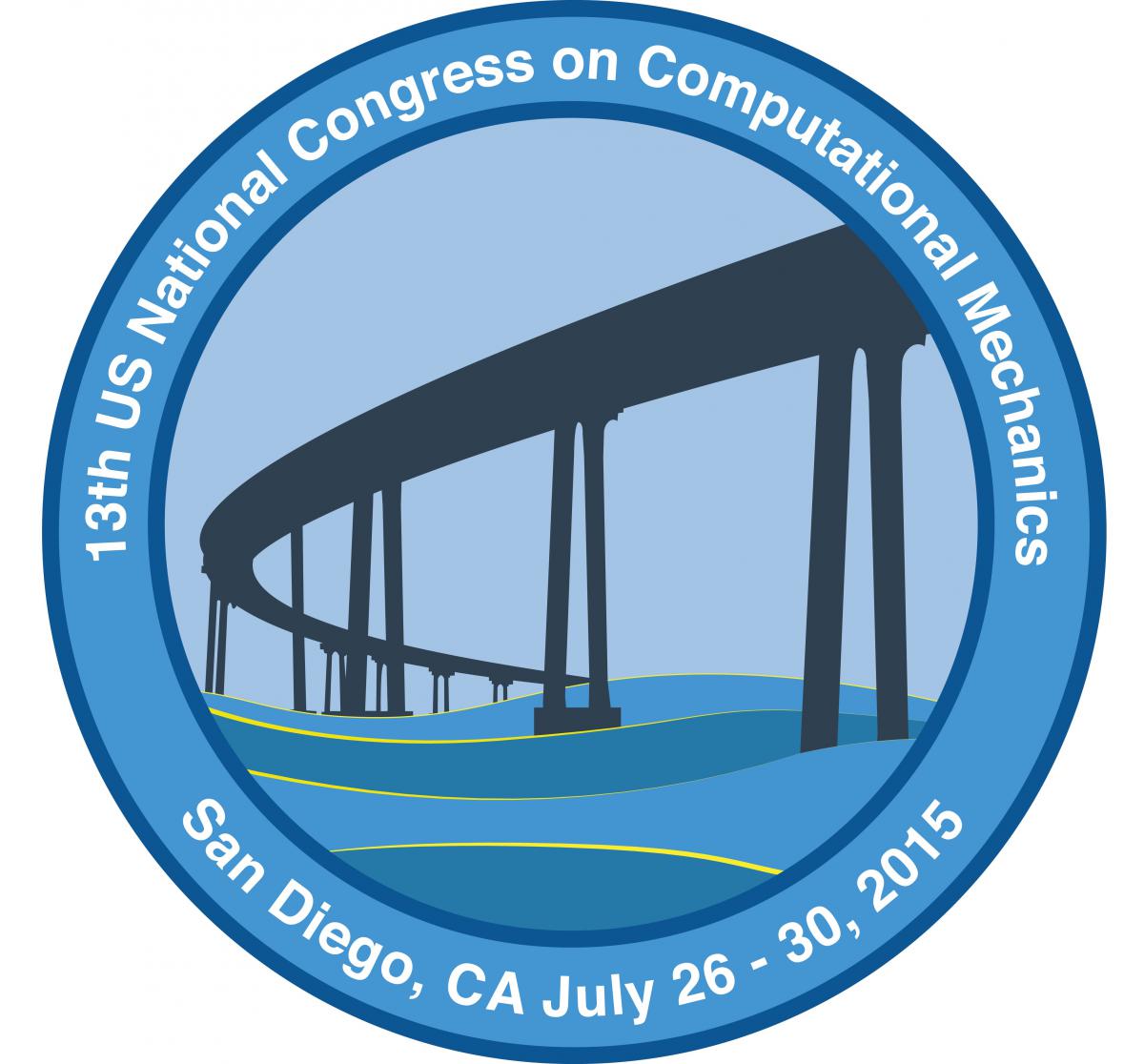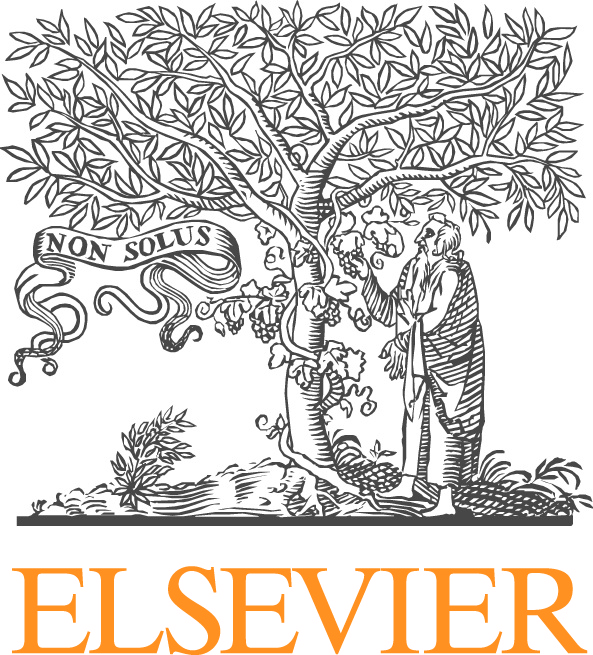Computational Mechanics of Interfaces and Evolving Discontinuities

René de Borst1
Monday, July 27, 1:00 pm - 1:45 pm.
Abstract:
Two main approaches can be distinguished for resolving interfaces and evolving discontinuities. Within the class of discrete models, cohesive-surface approaches are probably the most versatile, in particular for heterogeneous materials. However, limitations exist, in particular related to stress triaxiality, which cannot be captured well in standard cohesive-surface models. In this lecture, we will present an elegant enhancement of the cohesive-surface model to include stress triaxiality, which still preserves the discrete character of cohesive-surface models. Subsequently, we will outline how the cohesive-surface approach to fracture can be extended to multi-phase media, in particular fluid-saturated porous media.
Whether a discontinuity is modelled via a continuum model, or in a discrete manner, advanced discretisation methods are needed to model the internal free boundary. A powerful method is isogeometric analysis. Examples will be given, including analyses, including delamination in layered shells.
Isogeometric analysis is also very suitable for the discretisation of higher-order continua by virtue of the smoothness of its basis functions, as will be demonstrated at the hand of a gradient-enhanced continuum damage model. Another recent development in continuum approaches is the phase-field theory, and we will relate this to a gradient damage model. Finally, we will elaborate a phase-field approach for cohesive-surface models, which, although being a continuum approach, results in a well-posed boundary value problem, and is therefore free of mesh dependence.
¹School of Engineering, University of Glasgow, Rankine Building, Glasgow G12 8LT
Biography:
René de Borst received an MSc in civil engineering in 1982, and a PhD in 1986, both from Delft University of Technology (cum laude). In 1988 he was appointed as professor in computational mechanics at the Faculty of Civil Engineering, and in 1999 he became professor of engineering mechanics at the Faculty of Aerospace Engineering of this university, where he served as vice-dean since 2004. In 2000 he was appointed Distinguished Professor at this university. From 2007 until 2011 he was Dean of the Faculty of Mechanical Engineering and Distinguished Professor at Eindhoven University of Technology. He has held visiting professorships in Albuqurque (New Mexico), Tokyo, Barcelona, Milan, Cachan, Metz, Lyon, has been a visiting Directeur de Récherche at CNRS in France, a Marie-Curie Distinguished Researcher in Lublin, and the John Argyris Visiting Professor in Stuttgart. Currently, he is the Regius Professor of Civil Engineering and Mechanics at the University of Glasgow, the oldest chair in engineering in the UK, established in 1840 by Queen Victoria.
René de Borst is editor-in-chief of the International Journal for Numerical Methods in Engineering, editor of the International Journal for Numerical and Analytical Methods in Geomechanics, editor-in-chief of the Encyclopedia of Computational Mechanics, associate editor of the Aeronautical Journal, and member of the editorial board of another twenty journals. He is recipient of several honours and awards, including the Composite Structures Award, the Max-Planck Research Award, the IACM Computational Mechanics Award, the NWO Spinoza Prize (highest scientific distinction in the Netherlands), and the Royal Society Wolfson Merit Award. He is a Fellow of the Institution of Civil Engineers, Fellow of the International Association of Computational Mechanics, and Fellow of the International Association for Fracture Mechanics of Concrete and Concrete Structures, a Member of the Royal Netherlands Academy of Arts and Sciences, a Fellow of the Royal Society of Edinburgh, a Member of the European Academy of Sciences and Arts, and an Officer in the Order of National Merit in France.





